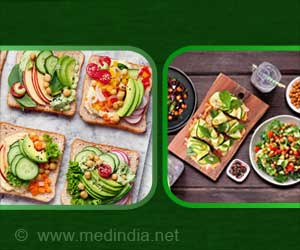Beans, pulses and legumes can be categorized as either vegetables or proteins under the new USDA dietary guidelines, thus giving them an important role in a person's daily diet.

In the guidelines, beans, pulses and legumes are permitted to go on either side of the plate, although not both, at each meal. This does not include green beans, which are grouped with other vegetables.
Joanne Slavin, PhD., RD, professor at the University of Minnesota and a member of the committee that wrote the guidelines, said beans, pulses and legumes are a good source of protein, fiber and nutrients such as potassium and folate.
However, most Americans do not get nearly enough of them in their diets, and when they do report eating beans, the most common form is refried.
"It's an exciting time, with the huge emphasis on plant products as a healthier way to eat," Slavin said.
"There are lots of opportunities to increase consumption."
Advertisement
These specialty grains add protein, resistant carbohydrates and healthy fiber without adding gluten, he said.
Advertisement









